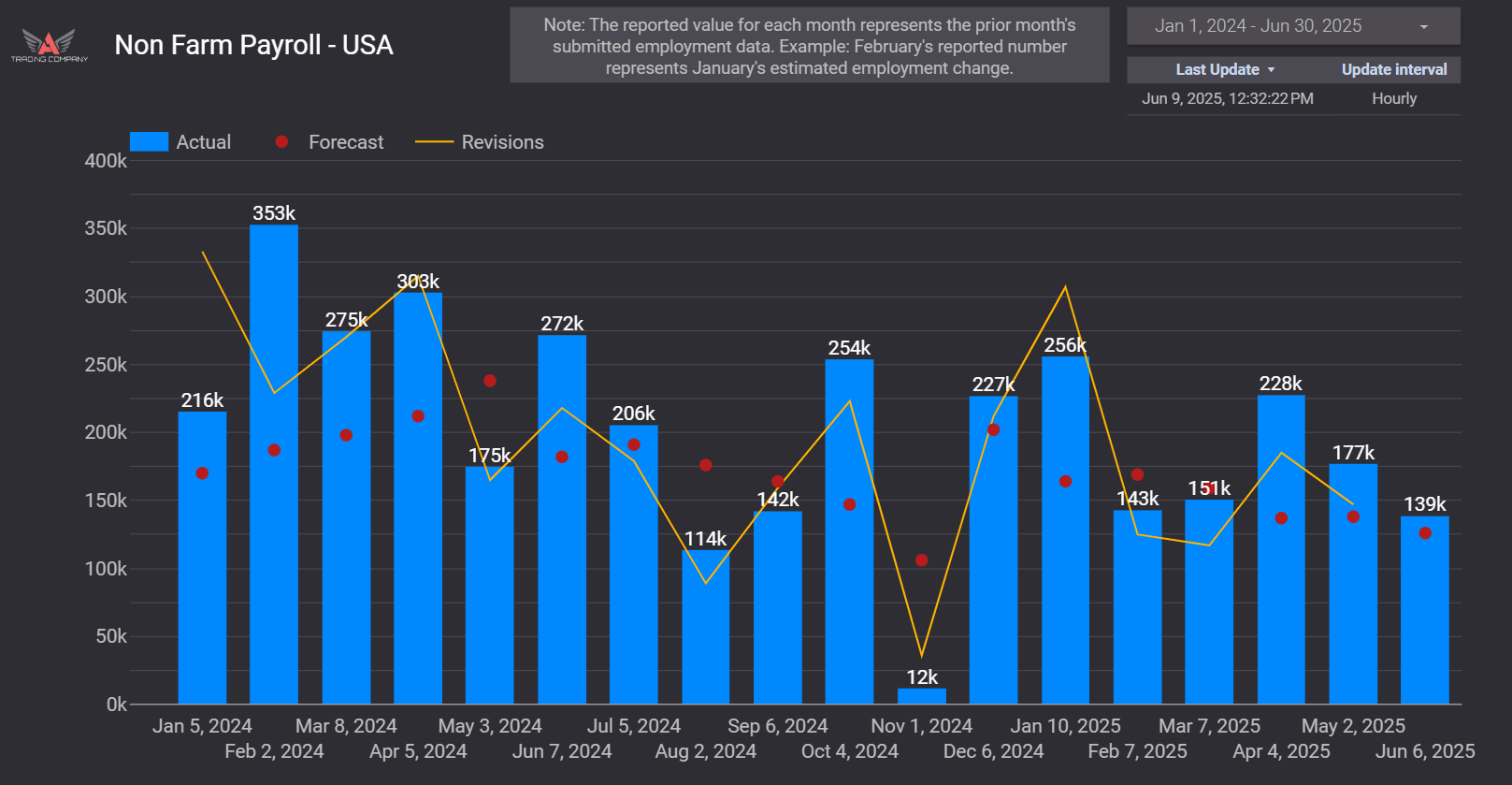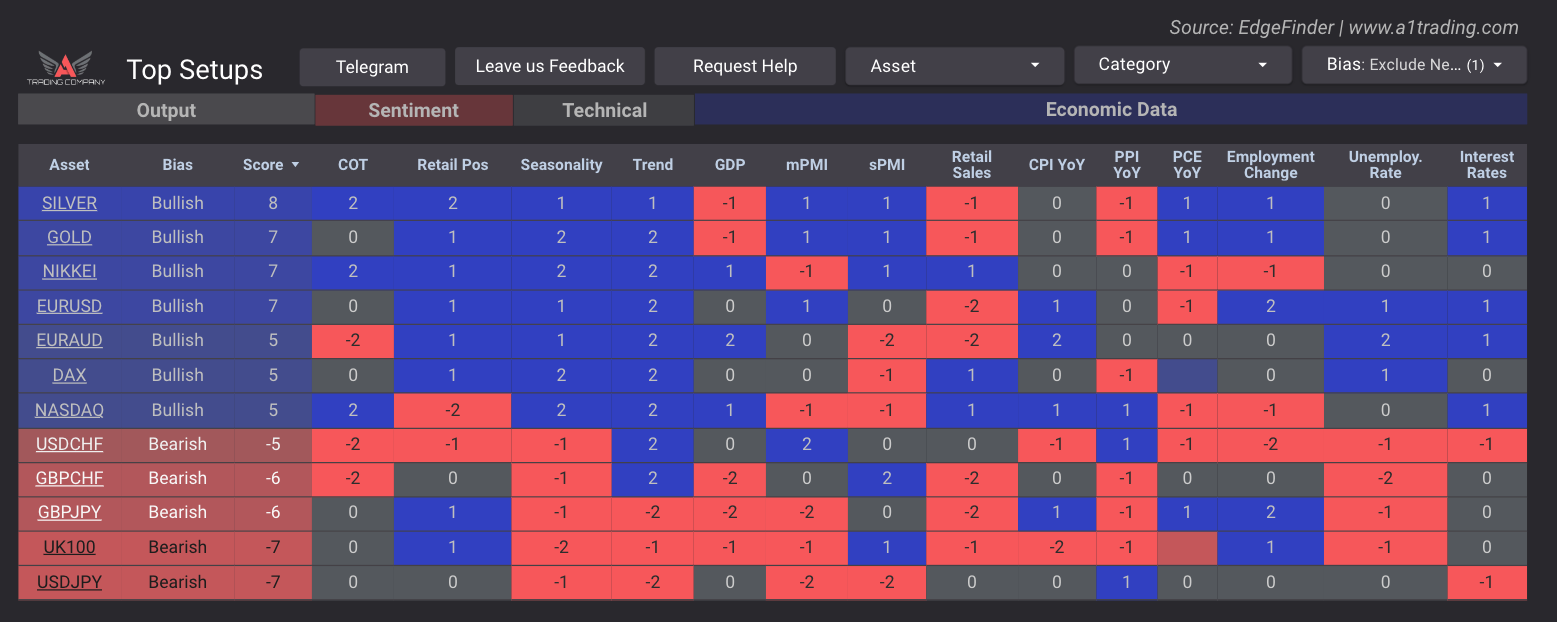At its core, the 2008 financial crisis was fueled by a combination of factors, including lax lending standards, excessive risk-taking by financial institutions, and the proliferation of complex financial products. As subprime mortgage defaults surged and major financial institutions teetered on the brink of collapse, investor confidence plummeted, triggering a domino effect across global markets.
For traders and investors, the lessons of the 2008 financial crisis underscore the importance of understanding fundamental factors and their potential impact on market stability. By staying attuned to economic indicators, financial news, and geopolitical developments, traders can better navigate volatile market conditions and position themselves for long-term success.
While fundamental and technical analyses offer distinct approaches to trading, their true power lies in their synergy. By combining the strengths of both methodologies, traders can gain a comprehensive understanding of market dynamics and enhance their trading strategies.
Fundamental analysis provides the underlying context and direction of the market, guiding overall sentiment and market trends. By analyzing economic indicators, financial news, and company fundamentals, traders can identify potential opportunities and risks in the market.
Technical analysis, on the other hand, offers precise timing for entry and exit points, enhancing trade execution and risk management. By analyzing price movements, chart patterns, and technical indicators, traders can pinpoint optimal entry and exit points, maximizing potential profits while minimizing losses.



